Twospot rasbora - Rasbora elegans
Scientific name: Rasbora elegans
Common name: Twospot rasbora
Family: Cyprinidae
Usual size in fish tanks: 18 - 20 cm (7.09 - 7.87 inch)
014
Recommended pH range: 6.3 - 7
Recommended water hardness: 2 - 10°N (35.71 - 178.57ppm)
0°C 32°F30°C 86°F
Recommended temperature range: 22 - 26 °C (71.6 - 78.8°F)
The way how these fish reproduce: Spawning
Where the species comes from: Southeast Asia
Temperament to its own species: peaceful
Temperament toward other fish species: peaceful
Usual place in the tank: Middle levels
General Information
The Twospot Rasbora (Rasbora elegans) is a sleek, fast-swimming cyprinid from forest streams of the Malay Peninsula, Singapore, Borneo, and Sumatra. In nature it inhabits clear and blackwater creeks with leaf litter, roots, and subdued light. Although peaceful, it is energetic and should be kept in a proper shoal (≥6) with long open lanes for swimming. Given its adult size, this is a larger rasbora and needs a correspondingly larger aquarium than small “nano” rasboras.
Food and Feeding
R. elegans is an opportunistic omnivore. For daily fare use quality flakes or small sinking granules. Rotate in meaty foods to maintain condition and color: live or frozen bloodworms, brine shrimp, and daphnia. Offer small portions once or twice daily, eaten within a few minutes to avoid degrading water quality. In community tanks, make sure slower fish get their share — R. elegans can be brisk at feeding time.
Sexing
Adult females are fuller-bodied and slightly larger; males tend to be slimmer with more extension to the dorsal and anal fins. Juveniles are hard to sex — rely on body size and shape once mature.
Breeding
Rasbora elegans is a typical egg-scatterer. Use a separate spawning tank with dim lighting, fine-leaved plants or Java moss and/or spawning mops. Keep the water soft to moderately hard and slightly acidic (see parameters below). Remove the parents after spawning — they readily eat eggs and fry. Eggs usually hatch in 24–48 hours; once free-swimming, feed infusoria and later newly hatched brine shrimp.
Lifespan
With good care it lives around 5–6 years, sometimes longer. A spacious, stable, clean system with varied diet and low stress promotes longevity.
Tank Requirements & Water Parameters
- Minimum tank length: 120 cm (48″) for a group — it is an excellent swimmer and needs long straight runs.
- Temperature: 22–26 °C (71.6–78.8 °F).
- pH: 6.3–6.8 (slightly acidic; can tolerate up to ~7.0 if stable).
- Hardness: soft to medium (about 2–10 °dH; tolerates medium values with careful acclimation).
- Environment: darker substrate, driftwood, leaf litter/Indian almond leaves, firmly attached plants, subdued light, gentle to moderate flow, quality filtration.
- Maintenance: weekly 25–35% water changes and stable parameters — it is sensitive to long-term decline in water quality.
Compatibility & Tank Mates
A peaceful but lively schooling fish. Good companions include medium-sized tetras (e.g., Bleeding Heart), larger rasboras (e.g., Scissortail), rainbowfish, easy-going Corydoras catfish, and appropriately sized plecos. Avoid very slow or tiny “nano” species that may be stressed, and of course large predators.
Recommended Plants
- Java Fern (Microsorum pteropus) — tie to wood/rock.
- Anubias spp. — tough leaves, provide shade, resist uprooting.
- Echinodorus and dense clumps of Cryptocoryne for visual breaks.
- Floating plants to diffuse light and add security.
Care Notes
- Keep groups of at least 6–8; larger shoals reduce stress and show more natural behavior.
- Avoid strong currents — prefers moderate forest-stream flow.
- Mind the adult size when netting/stocking: this species grows much larger than “nano” rasboras.
Short Description
Twospot Rasbora (Rasbora elegans) is a larger, peaceful yet fast schooling fish from Southeast Asia. It excels in long swimming runs and dim, well-filtered aquaria. Provide a varied diet and keep it in a group for best health and behavior.
Q&A
- How big can it get? Commonly 12–16 cm in aquaria; published maxima up to ~20 cm SL — hence the need for a long tank.
- Is it suitable for nano aquariums? No. It is a larger rasbora and an active swimmer.
- Will it tolerate neutral water? Yes, if clean and stable; slightly acidic, softer water is ideal.
Pictures
Bought by aqua-fish.net from jjphoto.dk.
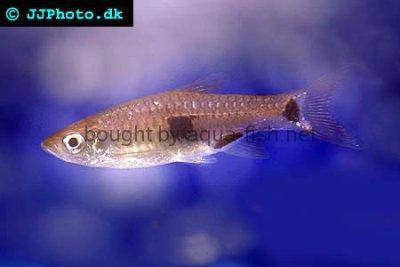



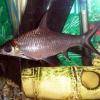 Bala
Bala 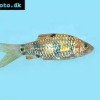 Spotted
Spotted 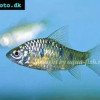 Golden
Golden 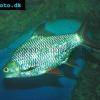 Tinfoil
Tinfoil 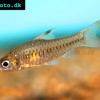 Congo
Congo 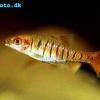 Blue-barred
Blue-barred 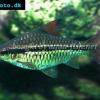 African
African 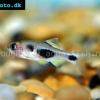 Butterfly
Butterfly 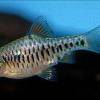 Olivegreen
Olivegreen 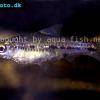 Morse
Morse 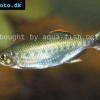 Jerdon’s
Jerdon’s 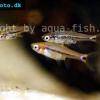 Mosquito
Mosquito 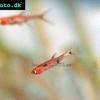 Dwarf
Dwarf 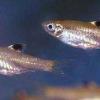 Eyespot
Eyespot 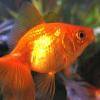 Goldfish
Goldfish 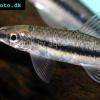 Penguin
Penguin  Siamese
Siamese 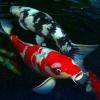 Koi
Koi 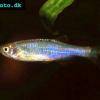 Pearl
Pearl 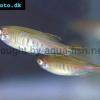 Glowlight
Glowlight 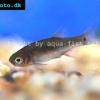 Crossbanded
Crossbanded 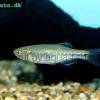 Yoma
Yoma 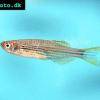 Orange
Orange 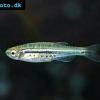 Dwarf
Dwarf 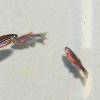 Zebra
Zebra 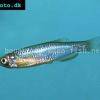 Rose
Rose 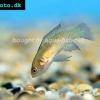 Red
Red 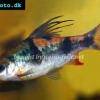 Arulius
Arulius 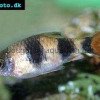 Tambraparni
Tambraparni 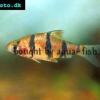 Fiveband
Fiveband 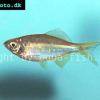 Bengal
Bengal 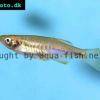 Tiger
Tiger 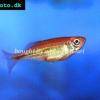 Malabar
Malabar 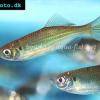 Queen
Queen 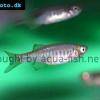 Hora
Hora 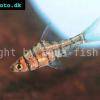 False
False 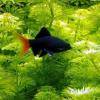 Redtail
Redtail 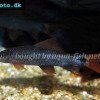 Rainbow
Rainbow 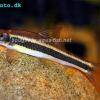 Flying
Flying 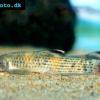 Garra
Garra 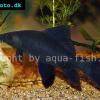 Black
Black 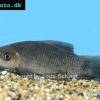 Purple
Purple 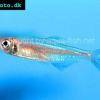 Burmese
Burmese 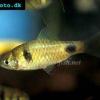 Dwarf
Dwarf 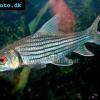 Isok
Isok 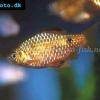 Rosy
Rosy 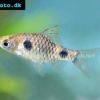 Two
Two 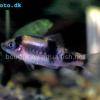 Melon
Melon 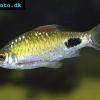 Black-spot
Black-spot 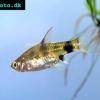 Golden
Golden 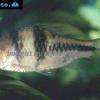 T-Barb
T-Barb 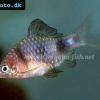 Ruby
Ruby 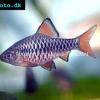 Checkered
Checkered 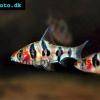 Rhomb
Rhomb 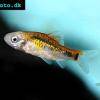 Gold
Gold 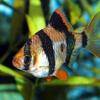 Tiger
Tiger 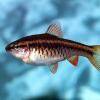 Cherry
Cherry 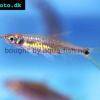 Brittan’s
Brittan’s 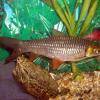 Greater
Greater 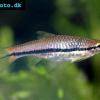 Long-band
Long-band  Reticulate
Reticulate 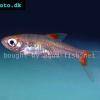 Cherry
Cherry 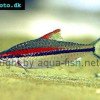 Denison
Denison 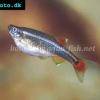 White
White 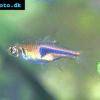 Lambchop
Lambchop 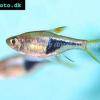 Harlequin
Harlequin